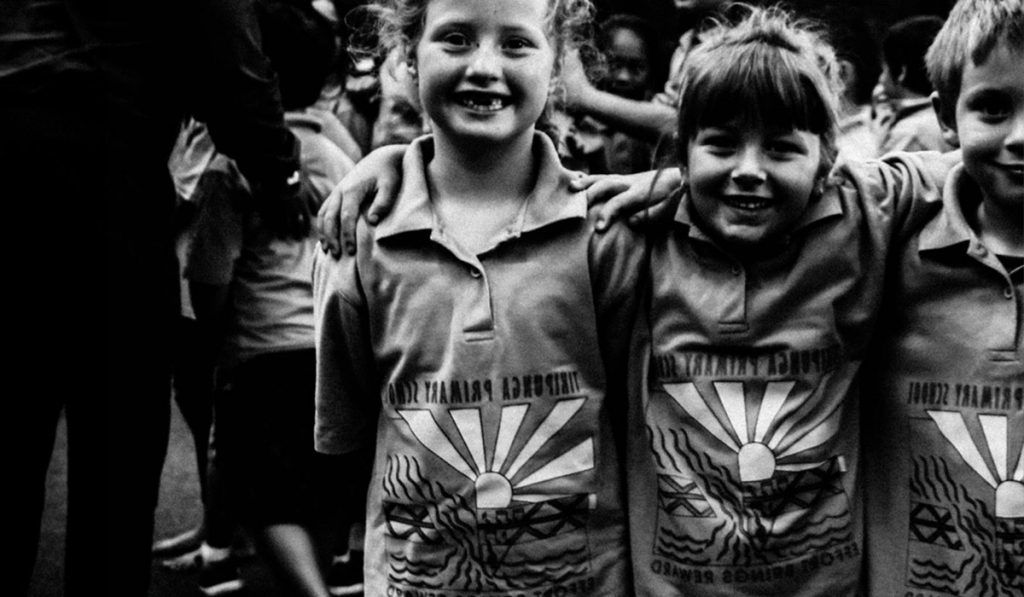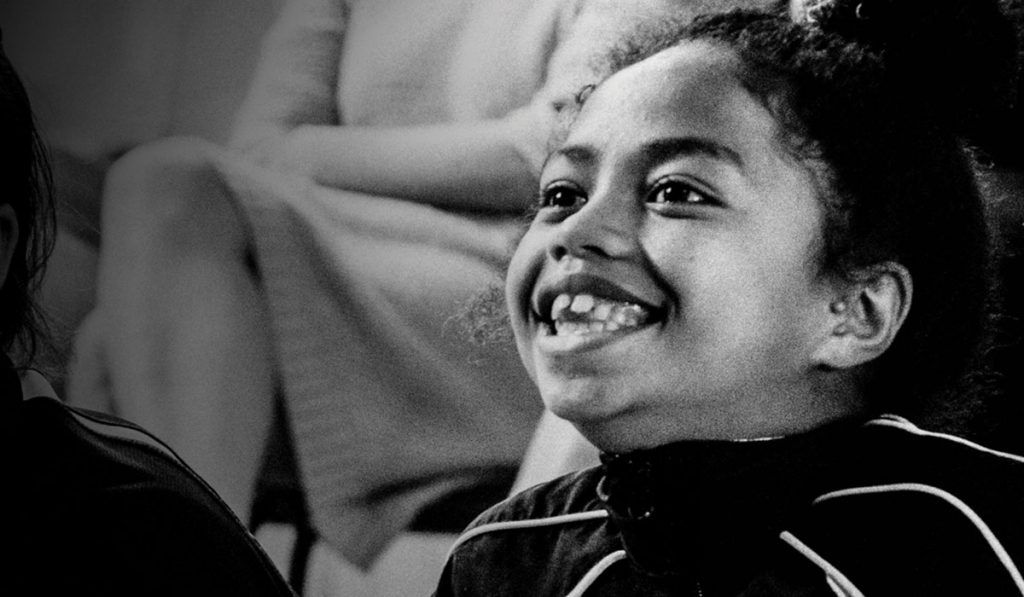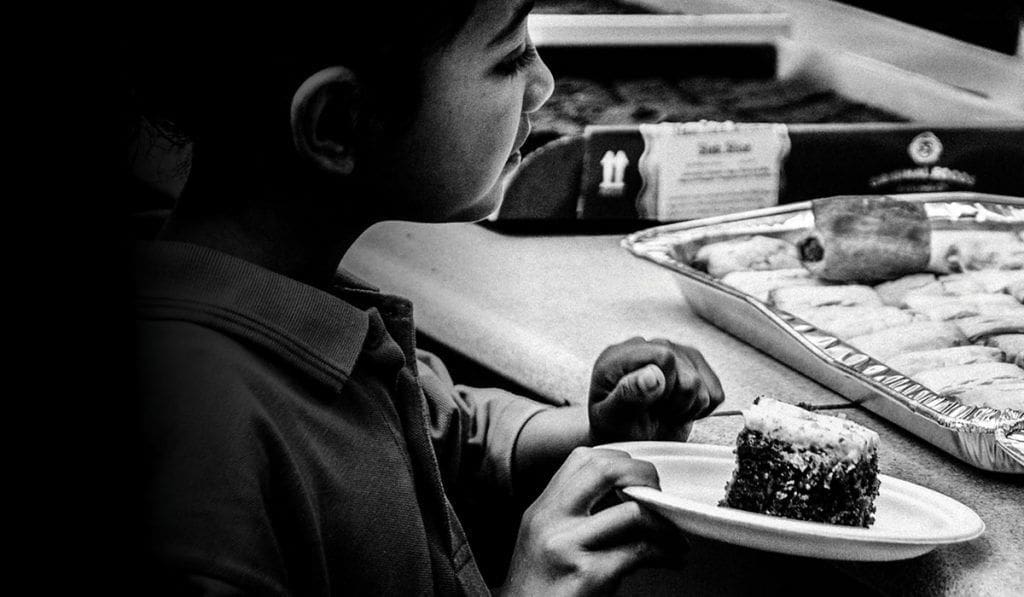Breaking the Cycle of Poverty in New Zealand
Another election and another round of feelgood policies to ‘give kiwis what they really need’ that will magically disappear into the ether once everyone’s cast their vote. Can we afford to keep taking this approach to our most vulnerable?
Social scientists have defined the cycle of poverty as being when a family has been impoverished for at least three generations. By this point, any relatives or ancestors who had the ability to impart intellectual, social and cultural capital are long gone. The family has run out of safety nets and sofas to crash on when they’re in a tough spot. They have no contacts that can lend them some money to get themselves off the ground, and no one to talk to for financial advice.
Take a minute and think about all the people that helped you make it to where you are today. Parents who expected more from you and showed you the value of money; fellow students who later became professional contacts; bosses and co-workers willing to show you the ropes. If you say you did it within a vacuum, pulling yourself up by the bootstraps, you’re kidding yourself unless you happen to be The Godfather.
I spoke to Scott Gilmour, a philanthropist who’s invested heavily into I Have a Dream, a charitable trust dedicated to breaking the poverty cycle.
“There’s a lot of causal factors at work as to why kids don’t succeed,” he said. “In some cases, It’s the parents or the schools, and in some cases it’s the kids’ own failing. In most cases, it’s a combination of those things. Poverty is an economic thing, but you also end up with a poverty of spirit. So you look at some of these young kids that are growing up close to the streets, with dysfunctional families or family break-up, or parents who are working so many jobs just to put food on the table, there’s no effective supervision at home – you end up with a real poverty of spirit, a lack of hope.”
In New Zealand, we have no official measure of what constitutes poverty, although parliament tracks it using low-income thresholds and adjustments from the Consumer Price Index. According to the NZ Council of Christian Social Services (NZCCSS), there is some consensus that an income level set at 60 percent of median household disposable income after housing costs is enough to buffer people from the worst effects of poverty. In plain English, after housing costs, that means about $600 a week for two adults and two children.
Using this measure means one in seven Kiwi families are facing difficulties due to poverty, that means about 682,500 people.

It’s when we start talking about numbers like this that the discussion usually devolves into talk like: ‘Well maybe they should get a better job,’ or that ‘the dole-bludging strawman in this argument should stop blowing all its money on booze and cigarettes’.
Kicking habits can help, but tightening budgets only goes so far from pulling people out of the poverty trap. It’s a tactic that can help you tread water at best. When you’re that far down the ladder, you won’t be putting any money on a copy of M2 so you can learn from our coach section about how to confidently invest in passive income-earning assets.
There have been plenty of case studies and think tanks that have poured their attention into the subject of breaking the cycle, and plenty have yielded valuable insights and actionable steps we can take to minimise its effect.
But it seems like few, if any, of these initiatives are sustained for very long, if at all. As political parties hit the campaign trail, they’ll be point scoring off each other’s blunders and coming up with their own superior strategies. But coming up with solutions to poverty in New Zealand can’t be something we only do once every three years.
“We’re heartened that tackling child poverty is on the agenda of several of the major parties campaigning for our votes, but we’d like to see all parties treating child poverty as the crisis it clearly is by committing to radical changes,” says Peter Malcolm, spokesperson for the income equality project Closing the Gap.
We’re heartened that tackling child poverty is on the agenda of several of the major parties campaigning for our votes, but we’d like to see all parties treating child poverty as the crisis it clearly is.
Closing the Gap endorses a modest extension of the $72.50 In-Work Tax Credit to all people on benefits as a first step toward tackling child poverty. “295,000 children in this country live in poverty. That’s nearly a third of all children,” Malcolm says. “As Paul Barber of the NZCCSS pointed out, nearly 200,000 of those children are in families where no one is in paid work, so they’re missing out on the $72.50 credit.”
No-strings-attached cash might send you reeling, but the data supports it. Dr Jess Berentson-Shaw, a researcher for the Morgan Foundation, completed two years of research earlier in 2017 and found a basic income for families is hugely powerful, but will we ever see these findings put to action?
With the election in our sights, I asked I Have a Dream’s Gilmour what he thought about the government’s current steps being taken to combat youth poverty.
“The government is doing some things. They keep scrambling to come up with ideas, right? And so we have had some great programs like ‘Aim High’, where they tried to bring all the social service agencies onto the school grounds. They had police, health [there], and it was great because the families would often come to the school to pick up the kids or drop them off, so you can grab the families while they’re there, and sort things out, on-site, face to face. It had great outcomes. And after five or six years, guess what? Its funding was stopped.”
Gilmour puts this failure to continue a program that was working down to the three-year election cycle. “The interventions you need have to be generational,” he says. “The governments want to fix things, or be seen to be doing things in the short term. But we’ve got to have the courage to say ‘no, this is a long-term intervention, and must invest over the long term. We must have these caring adults commit to these kids for the long term’.”

When Gilmour says long term, he means it. I Have a Dream is perhaps the most ambitious initiative I’ve heard of.
The program moves in 15-year stretches, where adult role models/mentors (who Gilmour calls navigators) enter schools in poor neighbourhoods when the kids are five years old, and stay with them till they’re 20 and hopefully moving into higher education or work. These full-time navigators act as sort of life coaches and [often] that first connection outside of the cycle of poverty for the kids and, by extension, their families.
“We do spend a lot of time with the parents, because they are the first teachers of their child,” Gilmour says. “We go into the homes, and say: ‘right, what does this kid need? Are they getting breakfast before they come to school? After school, do they have a place to do their homework, or should they come back to the school rooms and work there? Is the home healthy in terms of alcohol and drugs? Is there abuse? Is there enough money to pay the electricity?’”
“We’re not actually a classroom-based program, we’re more out-of-school and supporting the child after school, and the family, and so on. But we also teach them soft skills, social skills, because a big part of holding a job, and becoming a productive citizen, is just knowing when to turn up on time, having the right tools or uniform, having that breadth of resilience to stick out a sucky job or an asshole boss.”
One of the differences between I Have a Dream and other programs (apart from its massive time investment into the kids) is that it doesn’t discriminate in the kids it supports in the class. Other programs aim at either end of the bell curve – the top or bottom 10 percent that could either really thrive or are on a fast track to prison. That tactic misses out the other 80 percent who are just regular kids in poor circumstances.
“There’s a huge latent talent pool there,” Gilmour stresses. It’s one of the aspects of the program that initially resonated with him when he came in contact with it while he was doing business in the United States.
“I was actually just reading the paper over breakfast one day in ‘91, and this I Have a Dream program had just come into Oregon. It started in East Harlem, New York City, 10 years earlier in 1981.
“This article in the paper just, for some reason, resonated with me. And I cut out the article.”
After coming back to New Zealand and selling his company, ABC Technologies, he realised he had the means to start I Have a Dream here.
“Even though I didn’t necessarily want to bring in this American program or start up another non-profit in New Zealand – we actually had too many of them – there was nothing quite like I Have a Dream.”
Gilmour is a switched-on guy, and while he provides plenty of personal stories about working with the kids, everything he says comes back to the raw data of the program’s viability. He’s intent on the program being backed by the government, but until then its funding is all off his, and generous donors’, backs.
“We hope to have a really scholarly body of data to prove to the government, and to the public, that this is a very worthwhile investment. And, in fact, a small investment, when you look at the return.”
I Have a Dream has already completed one 15-year cycle in Mount Roskill, with admirable results for the kids, but the small sample size was insufficient for the Ministry of Education, “so,” Gilmour laughs, “we’re going to Whangarei to do it all again, and this time use a larger sample size.
“You need double blind studies, you need big sample sizes. So, in government terms, we just aren’t significant enough. Which is kind of annoying, because this program is based on a model out of the US that has had 17,000 kids go through it over the last 35 years.
“That’s why we’re going into Tikipunga and Otangarei. We’re doing three primary schools and the high school. And over the next 10 years we’ll end up with 1500 kids through this sort of 15-year intervention program again. We’ve got Auckland University researching it this time.”
He plays down his own role in the program, saying he’s just the cheque book. The real heroes are the people that are doing the legwork of helping kids be everything they could possibly be. These people include his project coordinator Ant Backhouse, who was the navigator for the first intake of kids in Mount Roskill.

“But the fact is,” Gilmour says, “Ant spent 13 years of his life dedicated to these kids in that high school. And now he’s signing up to be CEO of Whangarei for another 15 years. And then we have hundreds of volunteers who will come in and donate their time after school and be mentors for these kids. That’s the critical thing. Money is just an enabler. It’s the people giving their time, their love, their energy to help kids who are less fortunate.
“Between Ant and me, and their tutors and their mentors, they just get a hell of a lot of caring, supportive adults wrapped around them, to support their family and their parents. So, they see this. All of our kids will talk about the benefits of the program and how it’s helped them grow and mature and become responsible citizens.”
For his youth work, Backhouse was put onto the 2014 Queen’s Birthday Honours list, where he was awarded the Queen’s Service Medal for his service to youth and education. But as the program has grown in scope, a single guy can’t take on that many kids.
“Could I find 50 more people like Ant? Because I thought he was a pretty special kinda guy. But in fact, there are people out there that want to do this job.”
It’s an uphill battle helping the kids, even when you have the required manpower, and the obstacles in front of them succeeding are often subtle.
“All our kids were Maori, Pacifika or immigrants. And there were a number of examples where the school was pathwaying our kids into non-academic subjects. Amelia wanted to be a fashion designer but she wasn’t accepted into the year 12 physics and maths classes. Ant had to really advocate to the dean to get her in. Her marks were good enough! It was just that her name was Amelia Unufe, so they decided she shouldn’t be in those advanced classes. But we got her in. When she walked into the class it was full of white kids and the teacher says, ‘oh hello dear, have you got the right class?’”
Gilmour defines this sort of behaviour as soft racism of low expectations, and it’s something his team has seen happen to their kids time and again.
“Unless you’re walking in these guys’ shoes, you’re not going to be aware of it. I wasn’t aware of it until I got to know these kids so well. Walking downtown with them, you see the way people look at them. It’s sad.”
The program has four phases, and hopefully we’re in the last quarter now.
“Phase 1, it’s been in America, it’s a franchise model. It’s well proven there. Phase 2 was how do we pick up this American model and make it work in New Zealand? So that’s been the last 14 years at Mount Roskill High School. Yeah, the American model works here, same great outcomes. Phase 3 is, can we scale it up to an entire community and get the same outcomes, and do it cost-effectively? So that’s going to take us the next 10-plus years before we get to the real hard data that this is working. And then phase 4 is getting the government to roll this out to all high-needs communities.”
Poverty is an issue we literally can’t afford to take sides on if we want to maintain New Zealand as a great place to live, and any think tank or trust would agree with that.
“Inequality has terrible outcomes. And how do you solve inequality? Education. So that’s the plan. But with that three-year electoral cycle, I can’t rely on Labour, National or Gareth Morgan’s party or the Greens. I can’t rely on one party to promote this. It’s got to be cross-party. And the only way we can get cross-party support, is if the public demand it.”

